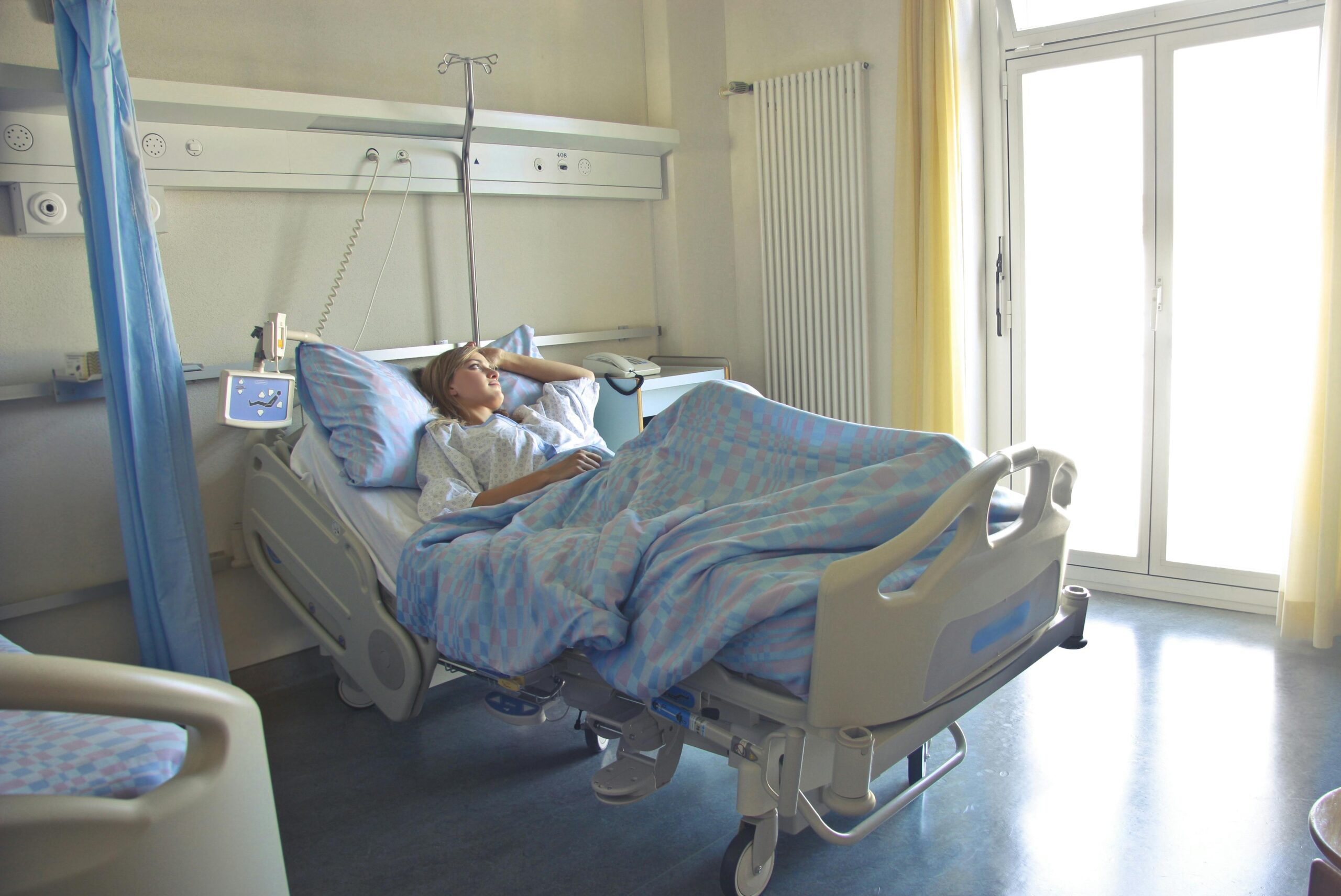Critical Care
Early Risk Detection
Want to know more?

Scenario
Lisa, a 7-year-old girl with a history of repaired Tetralogy of Fallot, is admitted to the Cardiac ICU for observation following a syncopal episode. Post-operative monitoring appears stable on the surface:
- HR: 122 bpm
- BP: 82/48 mmHg
- SpO₂: 96% on room air
However, subtle signs of deterioration are missed in routine reviews.
How Realize-365 Helps
Step 1: Unified Patient Data Access
Traditional time: 20 to 30 minutes reviewing scattered records
With Realize-365: Under 1 minute
The ICU nurse searches Lisa’s patient ID in Realize-365. The Pulse, the conversational AI, retrieves all critical data sources:
- Latest echocardiograms
- Telemetry and vitals
- Lab results including BNP
- Scanned specialist reports
- PDF attachments from prior cardiac interventions
No manual compilation is needed, everything is in one interactive workspace.
Step 2: Longitudinal Summarization and Insights
Traditional time: 25 minutes (often incomplete)
With Realize-365: 2 to 3 minutes
The nurse types:
“Summarize cardiac trends over the last 48 hours.”
The Pulse returns:
- EF declined from 50% to 42%
- BNP level decreased to 980 pg/mL
- Frequent premature ventricular contractions on telemetry
These subtle but critical data points signal early right ventricular failure, prompting immediate attention.
Step 3: Structured Handoff to Cardiology
Traditional time: 10 to 15 minutes
With Realize-365: 1 to 2 minutes
Before rounds, the nurse asks:
“Summarize key deterioration risks for cardiology.”
Realize-365 delivers a concise summary:
- Latest EF trend with comparison
- BNP trajectory
- Arrhythmic patterns with timestamps
- Medication profile and relevant comorbidities
The cardiologist is briefed before even entering the ICU bay.
Step 4: Decision Support and Escalation
Traditional: Delayed detection and reactive care
With Realize-365: Proactive intervention
The cardiologist types:
“Compare BNP with prior discharge labs.”
“Highlight all ventricular arrhythmias since admission.”
Realize-365 surfaces concerning trends, enabling the team to escalate care immediately, avoiding cardiac arrest and preventing further clinical decline.
Clinical Impact
- Rapid response to early signs of heart failure
- Improved coordination between ICU and cardiology teams
- Structured insights that support critical thinking
- Reduced time-to-intervention and preventable deterioration
Realize-365 ensures that pediatric cardiac teams catch early signs of decompensation that traditional workflows often miss, turning reactive care into truly proactive medicine.


